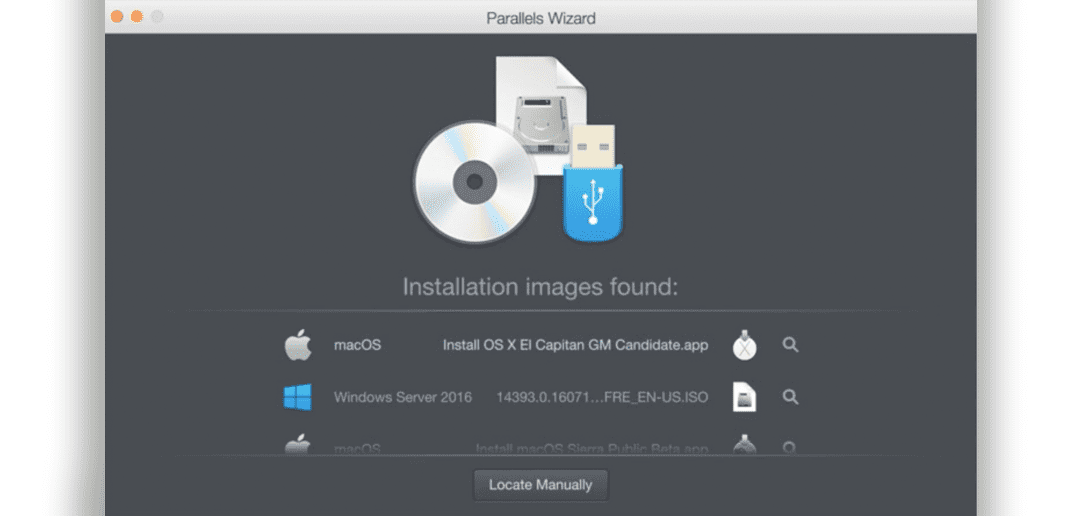On this page:
May 17, 2016 Set the Format to OS X Extended (Journaled). Set the Scheme to GUID Partition Map. Click Erase to format the drive. Install OS X to the Target Drive. Exit the Disk Utility and click Install OS X. Click Show All Disks and select the drive you just formatted to install OS X on it. Finally, click Install. The process takes about 25 minutes. Install OS X 10.11 El Capitan With These Simple Steps Overall, OS X 10.11 El Capitan features performance improvements, better Spotlight Search and an improved Multi-Window management control.
Installing Os 10.11 On 1-1 Mac Pro
OS X El Capitan Installer. Official OS X El Capitan Installer from the Mac App Store. Un-archive the zip archive and you will get the app Installer. A bootable ISO or bootable USB can be made from this installer. Instructions on how to do that are on the Internet/Youtube. Install OS X 10.11 El Capitan on Hackintosh (Vanilla) Nov 7, 2015. Warning: Please follow these instructions at your own risk. I am not responsible for any damage or information loss that could result from following this guide. The installation will continue via the Mac App Store application, which will automatically activate your unique redemption code so you can install OS X 10.11.4 Public Beta.
- Reinstall El Capitan on a computer alreadyrunning it
Upgrade from previous versions to OS X 10.11 (El Capitan)
- From the Apple menu, select App Store....
- When the App Store opens, search for and download El Capitan. If you don't already have an Apple ID, you'll need to create one. You can monitor the download process in the 'Purchased' section of the App Store.
- Once the download is complete, the installer should automatically open.
If it doesn't, or you don't want to complete the installation at this time, you can come back later and double-click Install OS X El Capitan in your
Applicationsfolder.Within the installer, click Continue, agree to the license agreement, and then choose the disk where you want to install El Capitan.
After you begin the installation, your computer may need to restart more than once before finishing, and then you may be asked to enter basic information.
- From the Apple menu, select App Store..., and then install any available updates.
Reinstall El Capitan on a computer already running it
Install 10.11.4 Os X


Reinstall while keeping files, applications, and settings
- Restart your computer, and immediately hold down
command-runtil the gray Apple logo appears. - If prompted, select your main language and then click the arrow.
- Click Reinstall OS X, and then Continue. Follow the instructions on the screen, and then choose your hard disk. Click Install, and enter your Apple ID information if prompted.
- When the installation is complete, select App Store... from the Apple menu, and install any available updates.
Reinstall while erasing everything on your computer
Install Os X 10.11 4
Mac Os X 10.11 Download
Restart your computer, and immediately hold down
command-runtil the gray Apple logo appears.- If you see a screen asking you to select your main language, choose it, and then click the arrow.
- Click Disk Utility, and then Continue.
- In Disk Utility:
- Click your hard disk in the left column, and then click the Erase tab.
- Next to 'Format:', make sure OS X Extended (Journaled) is selected. In the 'Name:' field, give your disk a name. Click Erase.
- Once it's completed, quit Disk Utility.
- Click Reinstall OS X, and then Continue:
- Follow the instructions on the screen, and then choose your hard disk.
- Click Install. If prompted, enter your Apple ID information.
- Once the installation is complete, you'll be asked to enter basic information, and have the option to transfer data from another computer or backup.
- From the Apple menu, select App Store, and then install any available updates.